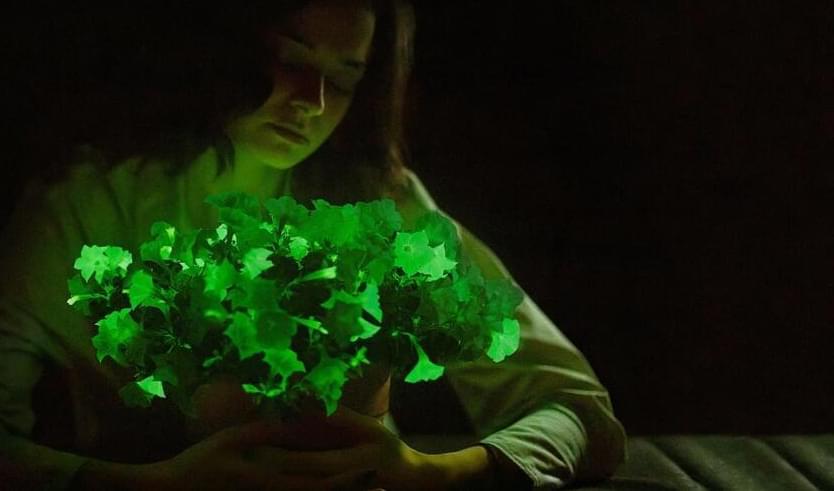The sci-fi dream that gardens and parks would one day glow like Pandora, the alien moon in Avatar, is decades old. Early attempts to splice genes into plants to make them glow date back to the 1980s, but experiments emitted little light and required special food.
Then in 2020, scientists made a breakthrough. Adding genes from luminous mushrooms yielded brightly glowing specimens that needed no special care. The team has refined the approach—writing last month they’ve increased their plants’ luminescence as much as 100-fold—and spun out a startup called Light Bio to sell them.
Light Bio received USDA approval in September and this month announced the first continuously glowing plant, named the firefly petunia, is officially available for purchase in the US. The petunias look and grow like their ordinary cousins—green leaves, white flowers—but after sunset, they glow a gentle green. The company is selling the plants for $29 on its website and says a crop of 50,000 will ship in April.







